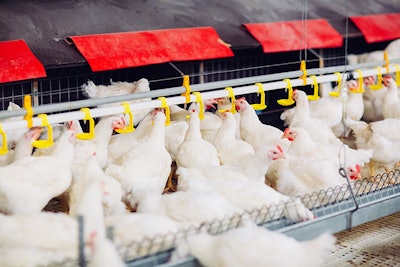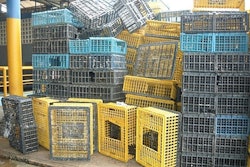
In a recent conversation, an experienced industry friend told me: “I do not like the term precision nutrition. How much precision can you really achieve in a system designed for mass production?” I respectfully disagreed, but it made me think, what will precision poultry nutrition look like?
The short answer is that we do not know, but we can be sure that poultry nutrition will be very different by the end of this decade, so it is wise to prepare.
The whole purpose of precision nutrition is to control variation in outcomes of interest, be they final chicken weight, efficient nutrient use, or bird health and welfare. This is achieved by increasing our ability to provide each bird with exactly what it needs. This maximizes profitability, reduces waste, and delivers products with desired specifications, offering an advantage especially to the first adopters.
We may have always been trying to achieve this but now, however, trends are converging that could lead to a step-change.
Converging trends towards precision nutrition
There are three fronts of converging trends that are creating the conditions for real disruptions in nutrition. The first is the change in consumer attitudes in areas such as sustainability and welfare, which are permeating the investment community. The pressure for change is increasing along the whole supply chain.
The second front is digitalization and big-data. Although our industry may have been late to the party, most companies realize that gains from digitalization cannot be ignored. You either embrace them or quickly fall behind. The first step in digital transformation is replacing manual, repetitive, or administrative tasks with digital technology. The next is leveraging those technologies in places where the value gains of data science are greatest, such as real-time management and prediction.
The third front comprises advances in precision feed additives and analytical services. These include, for instance, more crystalline amino acids being available for formulation, as well as new products and services powered by omics technologies. The latter permits an unprecedented understanding of the gut microbiome and the bird’s physiology.
We will know what precision nutrition will start to look like when these trends converge into solutions that everyone must embrace or risk becoming uncompetitive.
The right time to move
The trends are in place and gaining momentum and leading companies have invested in on-farm data collection systems or ingredient quality control systems in feed mills, some of which have paid off. However, there have also been poor experiences, hesitation and skepticism. This is the normal evolution of any transformation.
We are in the learning phase, where many players are investing and testing a variety of approaches. Many will fail but some will succeed and, if the experience of other industries applies here, the winners may be outsiders with an open mind willing to break orthodoxies.
The critical question for a company becomes where and when to invest. One risk is investing too early in technologies that fail to generate enough value. The other is to wait until it is too late. The answer lies somewhere in the middle. Systematically surveying new developments and being clear on the signs that a disruptive solution is here to stay while embracing the learning phase, maybe the best approach.
This needs rational investment and agility, preparing the organization on those three fronts: the new market, digitalization and the new biology. Those with the knowledge and the information will prevail.

















